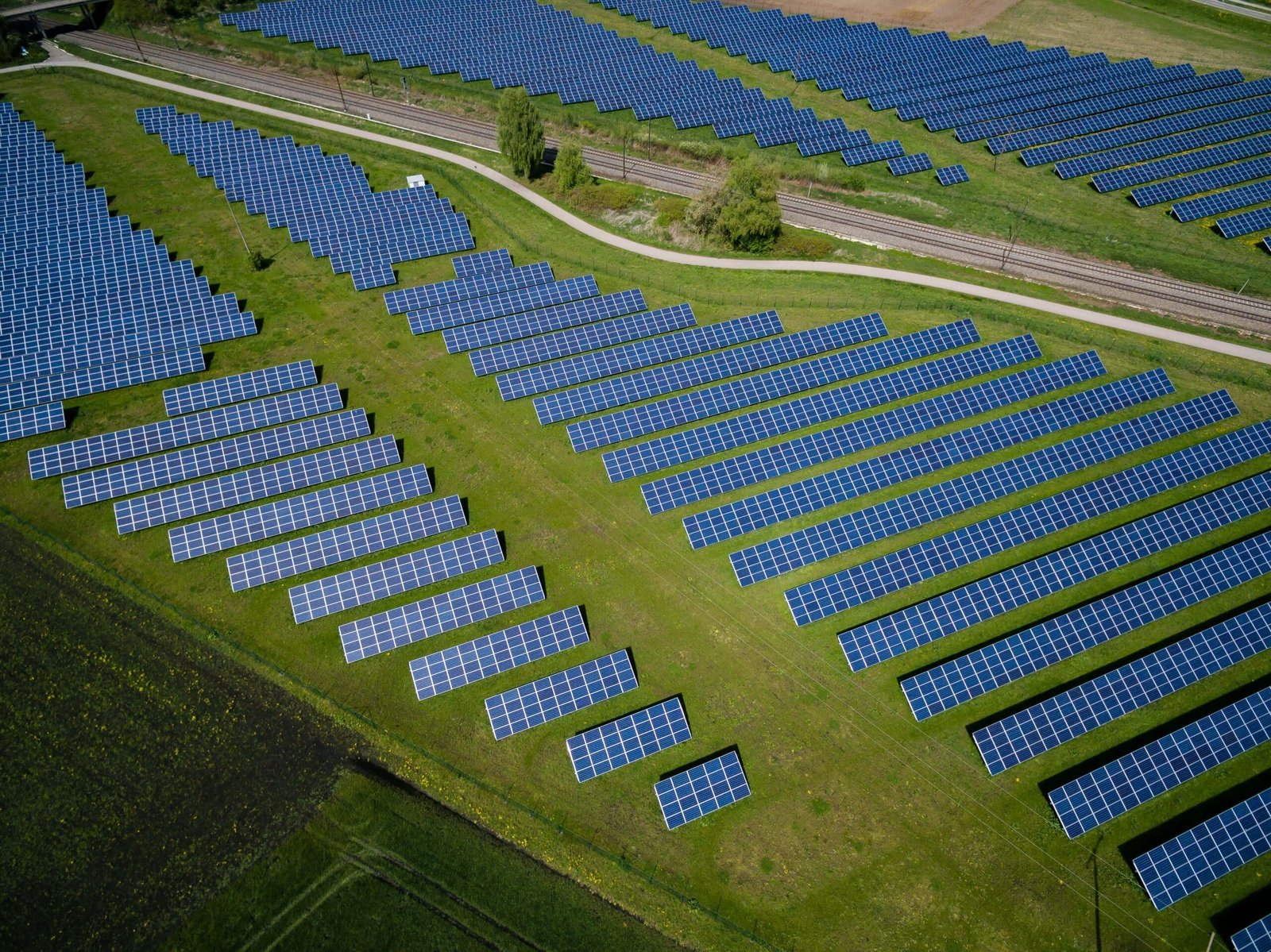The Difference Between Operation and Maintenance and Asset Management for Renewable Energy
Renewable energy sources, such as wind, solar, and hydro power, have become increasingly popular in recent years due to their environmental benefits and potential for long-term energy production. However, ensuring the efficient and reliable operation of renewable energy systems requires careful planning and management. Two key aspects of this management are operation and maintenance (O&M) and asset management.
Operation and Maintenance (O&M)
Operation and maintenance refers to the ongoing activities and tasks required to keep a renewable energy system functioning optimally. This includes regular inspections, monitoring, and repairs to ensure that the system operates at its full capacity and generates the expected amount of energy.
O&M activities can vary depending on the type of renewable energy system. For example, in a wind farm, O&M may involve inspecting and maintaining the turbines, monitoring their performance, and scheduling regular maintenance to prevent breakdowns and maximize energy production. In a solar power plant, O&M may include cleaning the solar panels, checking the inverters, and monitoring the overall system performance.
The main goals of O&M are to maximize energy production, minimize downtime, and extend the lifespan of the renewable energy system. This requires a proactive approach, with regular inspections and preventive maintenance to identify and address potential issues before they become major problems.
Asset Management
Asset management, on the other hand, focuses on the strategic and financial aspects of renewable energy systems. It involves the planning, monitoring, and optimization of the assets to ensure the best possible return on investment (ROI).
Asset management includes activities such as financial analysis, risk assessment, and performance monitoring. It also involves making informed decisions about when to repair or replace equipment, and when to invest in upgrades or expansions to improve the overall performance and profitability of the renewable energy system.
One of the key objectives of asset management is to balance the costs and benefits of operating and maintaining the renewable energy system. This requires careful analysis of the financial and technical data, as well as considering factors such as market conditions, regulatory requirements, and environmental considerations.
The Relationship Between O&M and Asset Management
While operation and maintenance and asset management are distinct concepts, they are closely related and mutually dependent. Effective asset management requires accurate and up-to-date information about the condition and performance of the renewable energy system, which is obtained through ongoing O&M activities.
Conversely, the data collected during O&M activities is used to inform asset management decisions. For example, if a wind turbine consistently underperforms despite regular maintenance, asset managers may decide to replace it with a more efficient model or explore other options to improve its performance.
Furthermore, asset management helps optimize O&M activities by identifying areas where investments in maintenance or upgrades can yield the greatest returns. For example, if data analysis reveals that a particular component is prone to failure, asset managers may recommend replacing it with a more reliable alternative.
Final Thoughts
Operation and maintenance and asset management are both essential for the successful operation of renewable energy systems. While O&M focuses on the day-to-day tasks required to keep the system running smoothly, asset management takes a more strategic and financial approach to optimize the system’s performance and profitability.
By combining these two aspects, renewable energy project owners and operators can ensure that their systems operate efficiently, generate the expected amount of energy, and provide a solid return on investment in the long run.










